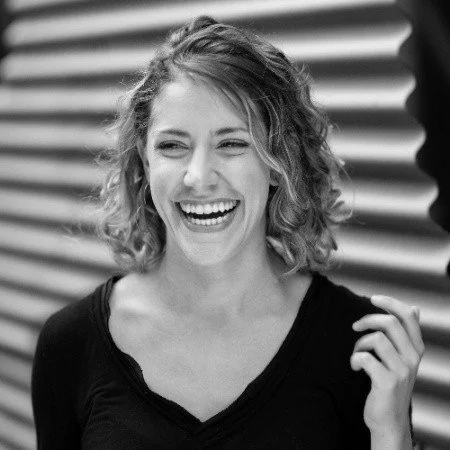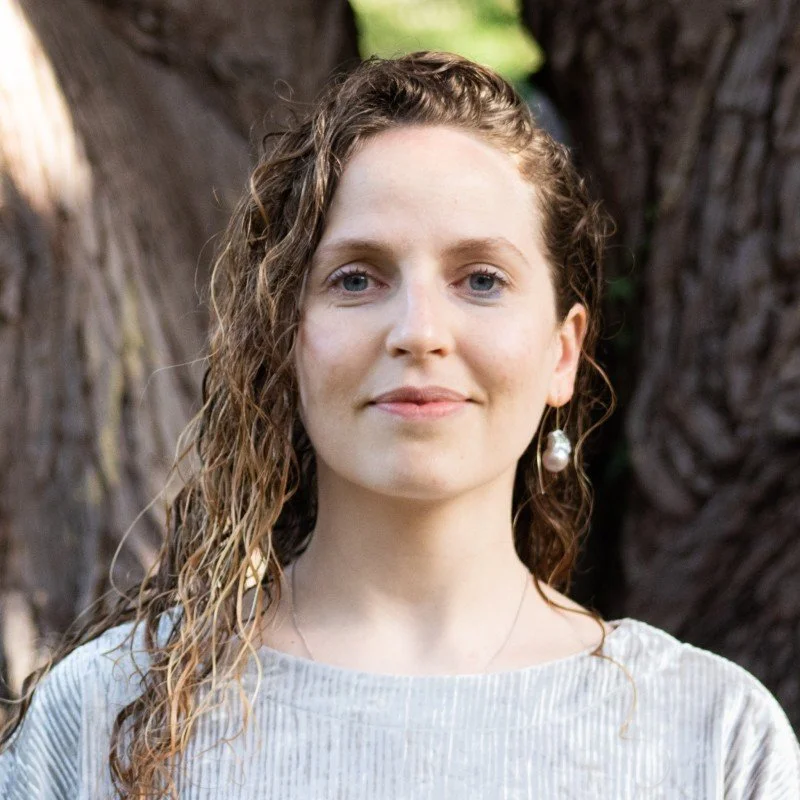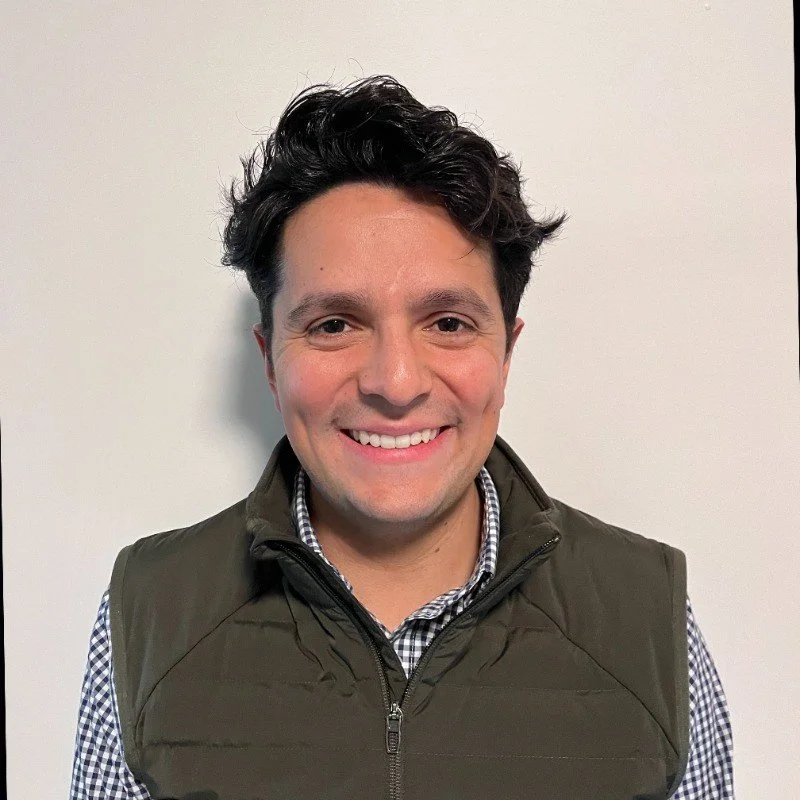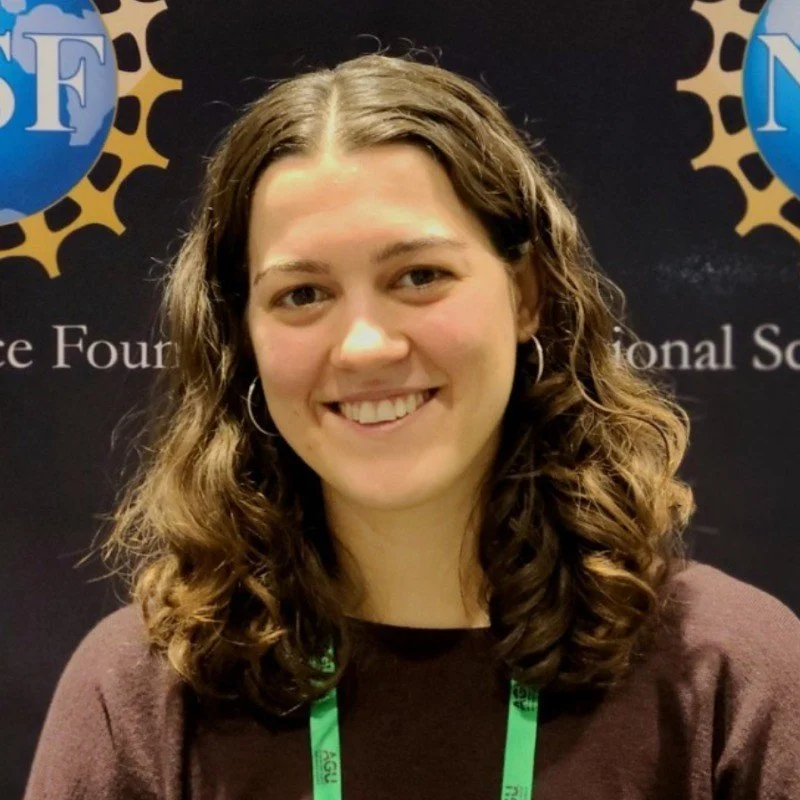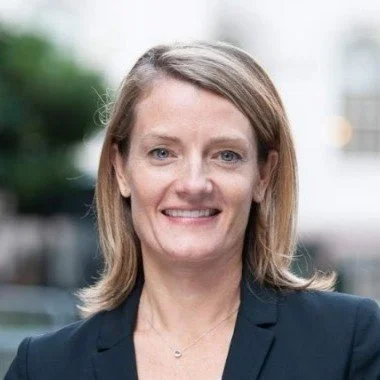Projects
Work in Progress
The Pilot Pitchfest matches city agencies to local expertise. In 2025, 23 agencies pitched 50 projects to an audience of over 1,000. After the event, Pitchfest solicits interest from attendees and “matches” them to agencies. Many of this year’s projects are already up and running!
Matched Academic Researchers
More than 250 researchers from 22 local institutions indicated interest in partnering with city agencies for this year’s projects. Ultimately 24 matches were made, 2 of which received a total of $80k in direct funding from Pitchfest for initial 6-month projects:
Evaluating The Effects of Open Streets on Student Health and Education in New York City
The Context: DOT created the Open Streets Schools program during the pandemic, as part of a broader effort to pedestrianize public spaces and support active recreation. The program was made permanent in 2021, but it lacks the budget for expansion. Less than 4% of ~2K public schools currently participate.
The Project: The team will link DOT data with individual-level student records from NYC Public Schools and the Department of Health and Mental Hygiene. The study design will exploit the staggered roll-out of Open Streets to different schools over time, showing how student outcomes would have evolved in the absence of the program. The goal is to validate impacts of the program to promote its expansion.
Principal Investigator: Icahn School of Medicine at Mount Sinai
Michael Cassidy, PhD, Assistant Professor of Pediatrics and Population Health Sciences and Policy
Collaborator: New York City Department of Transportation (NYC DOT)
Josef Szende, Mobility Studies Lead
Mitigating Algal Growth Impacts on Drinking Water Production at the Croton Filtration Plant
The Context: NYC’s water system provides more than 1B gallons per day of safe, high-quality, affordable drinking water. Its filtration process has been adversely impacted by annual growth of diatom algae in the reservoirs. This growth decreases drinking water production, causes maintenance efficiency issues and more frequent filter backwashing, and increases operational costs for an additional coagulant.
The Project: The team will work to understand the triggers of these recurrent growths. After reviewing historical data, the study will allow for experimentation and novel data collection when the diatoms are present, informing the best available future management practices.
Principal Investigator: Columbia University
Dr. Andrew Juhl, PhD, Lamont Research Professor
Collaborator: New York City Department of Environmental Protection (NYC DEP)
Michelle Rissolo, Quality Assurance Auditor
Matched Technical Assistants
More than 120 volunteers indicated interest in partnering with agencies through our UrbanCorps program, which lets New Yorkers with technical skills donate their time to the city. Ultimately 15 matches between volunteers and agencies were made.
Interactive Emissions Planning Tool
Mike is partnering with NYCHA to develop an emissions reduction planning tool, which NYCHA staff can use to forecast the emission impacts of upcoming capital investments and inform agency-wide decarbonization strategy.
Mike Hsu
matched with NYC Housing Authority
Emergency Operations AI Support
Julian is partnering with NYCEM to pilot an AI application and identify features that can be leveraged during interagency meetings for notetaking, reducing the burden of manual notetaking and freeing up time for higher-value tasks.
Julian Khalifa
matched with NYC Emergency Management
Human-Centered Design Approach
Sarah is partnering with DYCD to support the research and design phase of the discoverDYCD application to simplify how parents, youth, and community members search for, evaluate, and apply to DYCD programs.
Sarah LeQuire
matched with Department of Youth and Community Development
Improved Contract Management
Missy is partnering with ACS to document current contract management and case practice processes so that she can identify strategies to more effectively integrate the work of different teams and improve service delivery.
Missy Quick
matched with Administration for Children’s Services
Vehicle Emissions Measurement
Georgi is partnering with OMB to develop a computer vision model that leverages traffic camera data to estimate vehicle usage, offering insights into vehicle emissions that could inform the agency’s future funding priorities.
Georgi Georgiev
matched with Office of Management and Budget
Arts Programming for Older Adults
Isabelle is partnering with Aging to design an expanded arts-based resource guide to be made available to the agency’s older adult centers and retirement communities, based on participant needs identified through focus groups and surveys.
Isabelle De Brabanter
matched with Department for the Aging
Compelling Visual Communication
Valérie is partnering with MOCEJ to develop well-tested visual communication assets that effectively translate climate science findings into accessible formats for public consumption and education about climate change.
Valérie Lechêne
matched with Office of Climate and Environmental Justice
Post-Disaster Recovery Support
Emiliano is partnering with NYCEM to integrate existing nonprofit labor into the post-disaster housing recovery systems and processes in order to meet the city’s increasing recovery needs with its limited resources.
Emiliano Segura
matched with NYC Emergency Management
VR Training for Crisis Responses
Melissa is partnering with OCMH to create a detailed storyboard for a trauma-informed virtual reality (VR) training module to support de-escalation during mental health crises within the city’s community shelters.
Melissa Major
matched with Office of Community Mental Health
Mapping of Products with Lead
Kiran is partnering with DOHMH to develop a publicly accessible and multijurisdictional visualization platform that maps incidents of lead-containing consumer products across the U.S., in order to prompt action in their countries of origin.
Kiran Suryadevara
matched with Department of Health and Mental Hygiene
Flood Protection Knowledge Gaps
Catherine is partnering with NYCEM to survey property owners and then propose a toolkit to address their knowledge gaps related to flood risk, mitigation, and protection, preparing New Yorkers for future weather events.
Catherine Prunella
matched with NYC Emergency Management
Safer Vehicle Pick-Ups & Drop-Offs
Manasvi and Neysa are partnering with TLC to design a location-specific pilot that optimizes pick-up and drop-off locations for for-hire vehicles, which is meant to improve safety while still considering rider experience and efficiency.
Manasvi Menon & Neysa Pranger
matched with Taxi & Limousine Commission
Food Pantry Usage Assessment
Anakaren, Brittney, Emily, and Giulia are partnering with DSS to conduct surveys with the city’s food pantry users in order to understand the recently elevated demand and inform future programmatic priorities for the agency and its non-profit partners.
Anakaren, Brittney, Emily, & Giulia
matched with Department of Social Services
Digitized Disposal Voucher System
Conor is partnering with DSNY to define a new digitized disposal voucher system, replacing the outdated paper-based system that currently requires printing, stamping, signing, and physical exchange of 34K vouchers each year.
Conor Riffle
matched with Department of Sanitation
Water Main Break Prediction
Mark is partnering with DEP to propose and create new training features for a machine learning model that predicts future water main breaks in the city so that they can be avoided through proactive, preventative maintenance.
Mark Bauer
matched with Department of Environmental Protection






